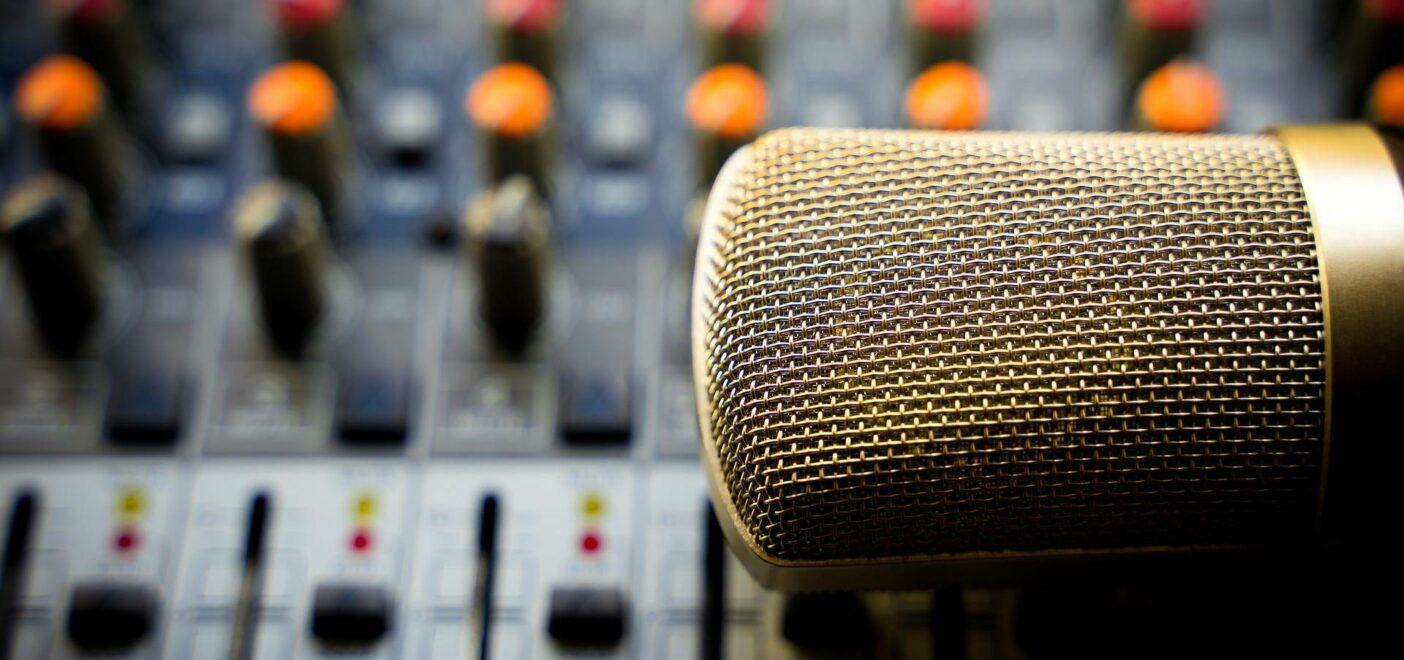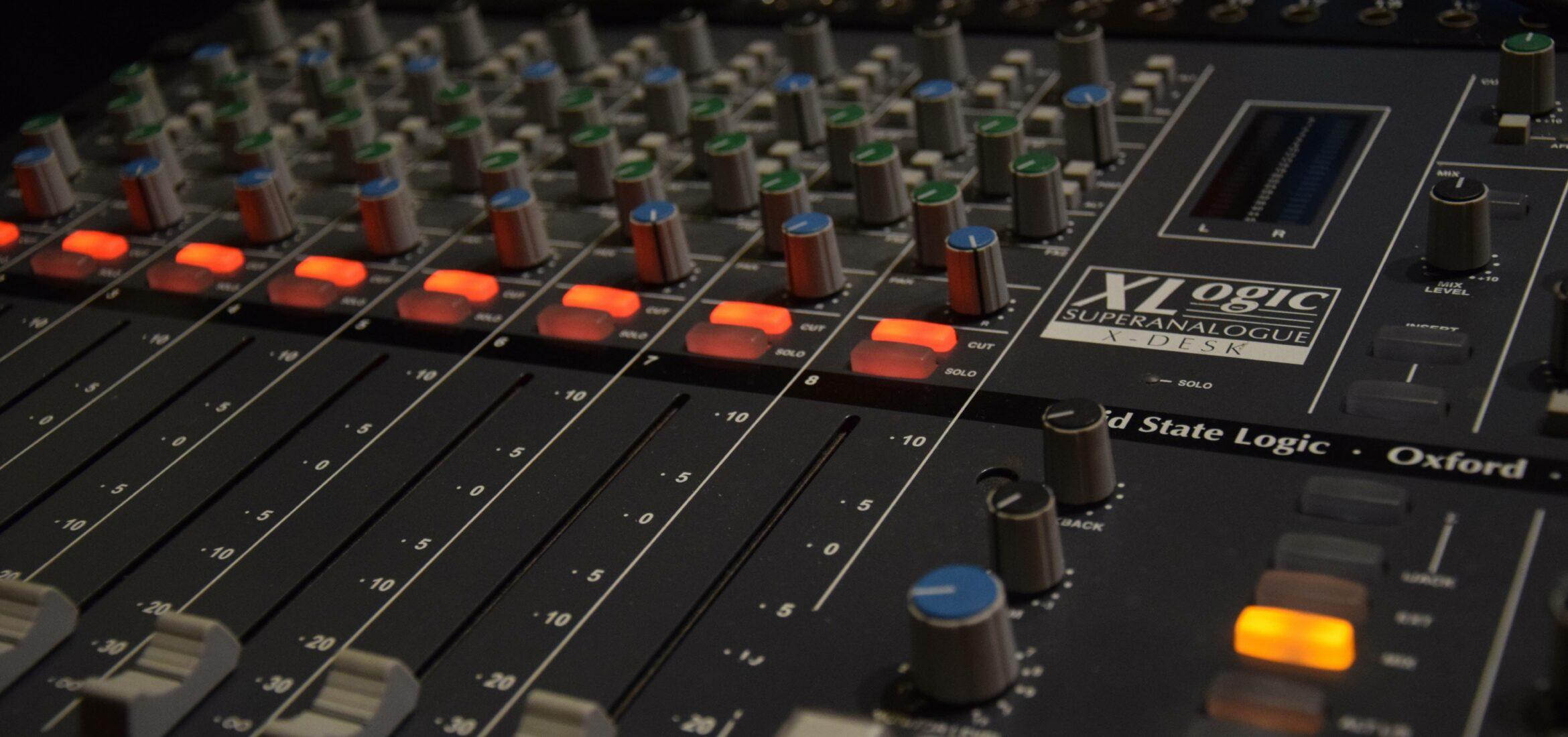One of the greatest aspects of music production is all of the creative freedom it offers. From the first few notes that pop into your head to the final bouncing stage, you can do whatever you like with the equipment, experience, and ambition you have. However, this freedom has a downside. You may feel overwhelmed by the number of tools at your disposal. You might not know in which order to perform certain tasks, such as recording, EQing, compressing, adding effects, etc. This option paralysis can stifle your creativity rather than bolster it. Some of this uncertainty is resolved through time and experience. Professional producers often have a formula or template for how they approach a project, even though every project is unique. They may prefer mixing while recording (or “mixing as they go”) to speed up certain tasks, decrease their workload down the road, raise musicians’ confidence while recording, or a number of other reasons.
But just because the pros tend to do it, should you be mixing while recording your music, too? Like so many questions in the world of music production, the answer is a resounding, “it depends.” The more important (and interesting) question is what exactly does it depend on? What factors determine whether you not you should mix as you go? Let’s attempt to answer this question by looking at the big picture of effective music production.
Audit Your Creative Process
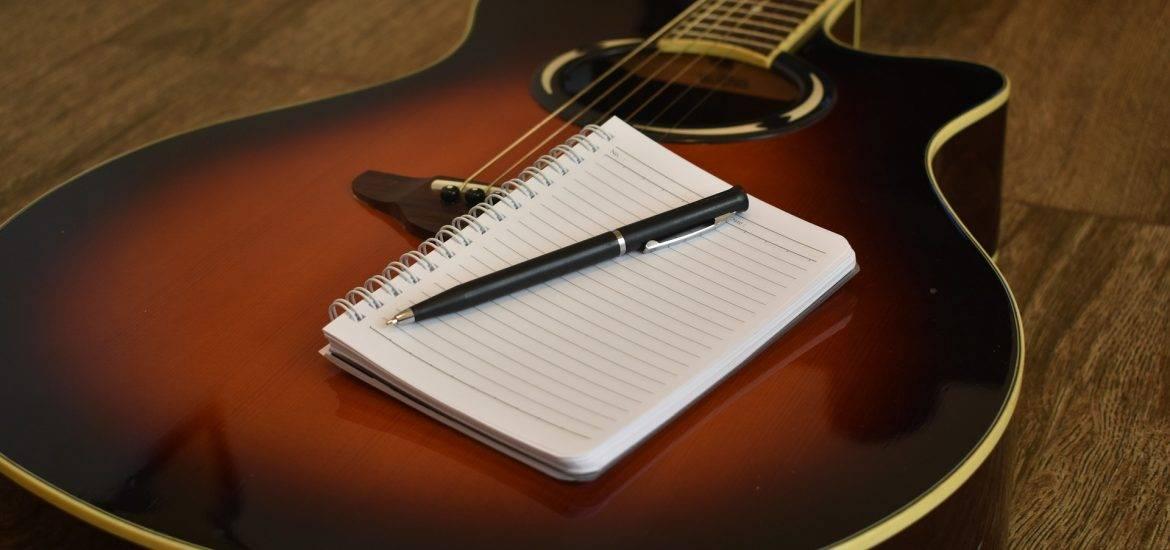
It takes time to develop a reliable creative process. When you’re just starting out, you’ll most likely try different approaches to songwriting, recording, mixing, and everything in between. Gradually, you might start to notice a pattern in how you go about these processes. For instance, perhaps you like writing down chord progressions with lyrics before anything else. Or, maybe you start by capturing a rough demo of a song idea or melody in your phone recorder or DAW. Do you tend to work from one clear step to the next? Or do you hit the ground running and tinker as you go?
The more you know about your own creative idiosyncrasies, the better you’ll get at producing a song from start to finish. If mixing while recording works for you, don’t force yourself to bracket each process. Conversely, if you need to individuate these processes, don’t get ahead of yourself by combining them. Start by comparing your mixes to other artists so that you can identify the pros and cons of your mixing process.
Creative Recording Techniques as a Form of Mixing
The term “mixing” itself is harder to parse now than it used to be, leaving many asking “what is mixing“. Early recording techniques and limitations made it so mixing essentially had to come after the recording process. Modern DAWs, effects processors, and recording methods, however, have muddied the waters. We may still refer to “mixing” as something separate from recording, but in reality, most producers are mixing while recording to some degree. If we include effects processing as a part of mixing (which it is), then employing creative recording techniques and/or recording with plugins active combines the worlds of recording and mixing in fun, unique ways.
Mixing While Recording: A Matter of Degrees
There’s nothing inherently wrong with mixing while recording your tracks. But if you’re new to music production, take it slow at first. If you tackle too many mixing tasks early on or get sucked into fine-tuning a single element before recording others, you may lose the plot. In other words, there are degrees to the level and amount of mixing you do during the recording process. If you fail to focus enough on the recording, there will be elements which the mix will be unable to correct. Don’t fool yourself thinking you can fix it in the mix, it’s a common mixing myth. The more experience you have, the more comfortable you’ll be in determining what moves to make, and when.
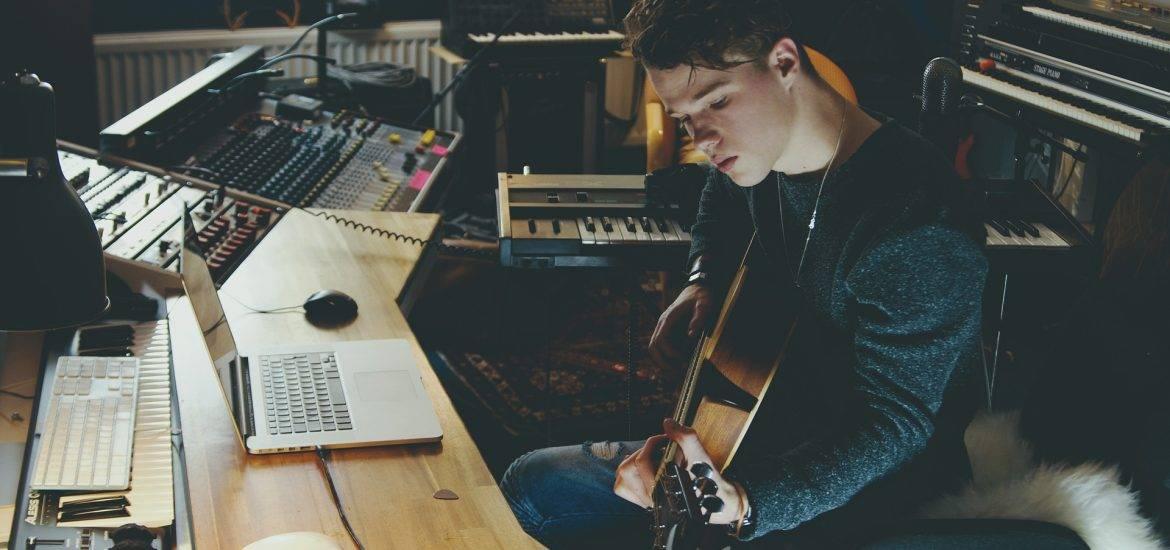
Let’s say you’re recording a simple song with just four tracks: guitar, bass, drums, and vocals. You record the guitar first and don’t touch it. Then, you record the drums. You realize something about the drums sounds off, especially in context with the guitar. So, you start shifting levels, EQing, adding compression, etc. Then, hours later, you remember you still need to record the bass and vocals. This may or may not be an issue.
In some cases, the work you put into mixing your drums early can pay off. But other times, you might have to undo some of your work. For instance, you may have overcompensated the low-end of your drums before realizing your bass track could carry some of these lower frequencies. Sometimes it’s best to hold off on these larger mixing moves until you have your main pieces in place. With most of the recording done and the bigger picture in view, you can mix with even more context at your disposal.
Conclusion
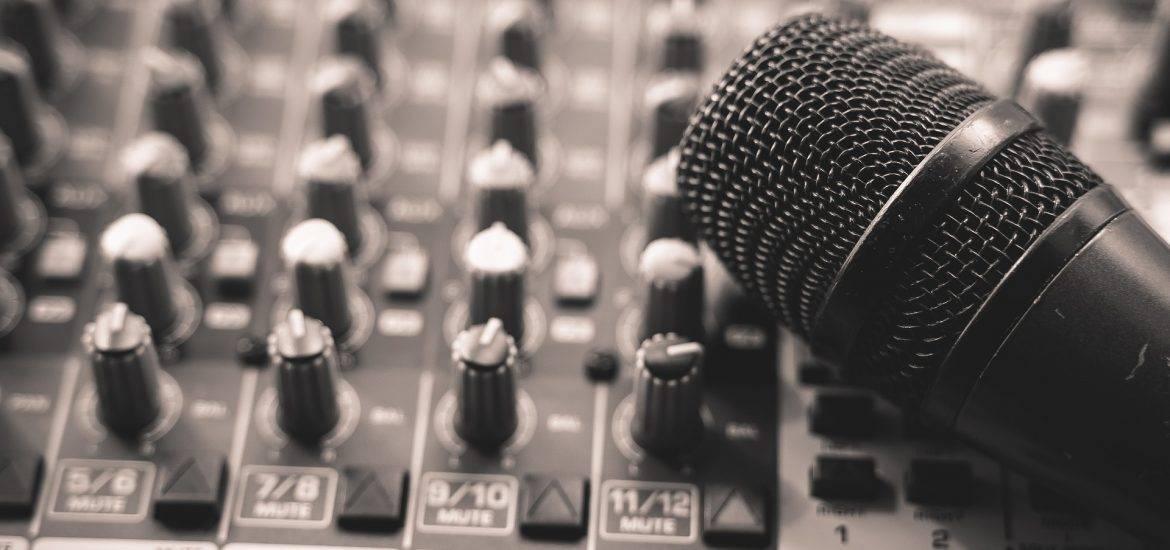
Mixing while recording is somewhat inevitable these days. The tools are there and easier to use than ever. But the degree to which you mix as you go should depend on your unique process, experience, comfort level, and overall production plans. Just remember that no amount of mixing will magically fix a bad recording. And, while you should not mix and master simultaneously, you should mix with mastering in mind to get the most out of your track. As for mixing and recording, they work together fluidly. Find out what works for you!
About the Author

Ethan Keeley
Writer, Voice Talent, Musician, and Audio EditorEthan Keeley is a musician, voiceover talent, and writer from Rochester, New York. When he's not on tour with his band Unwill he's working on new songs and stories.
Leave a comment
Log in to comment

